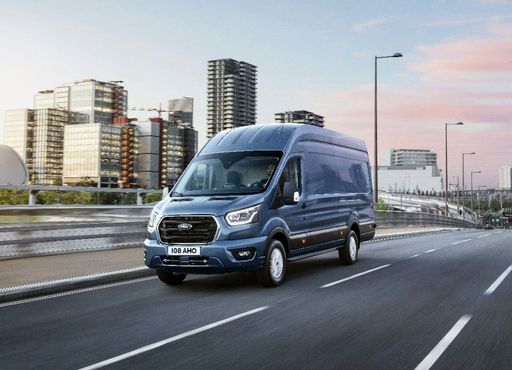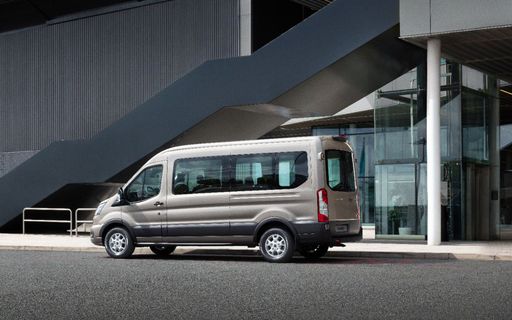A Clash of Titans: Ford Transit Custom Transporter vs Renault Trafic Bus
The light commercial vehicle market is fiercely competitive, and the Ford Transit Custom Transporter and the Renault Trafic Bus are two giants battling for supremacy. Both models have undergone significant upgrades in recent years, and choosing between them can be daunting. This article delves into their technical specifications, performance, and innovative features, providing a detailed comparison for potential buyers.



